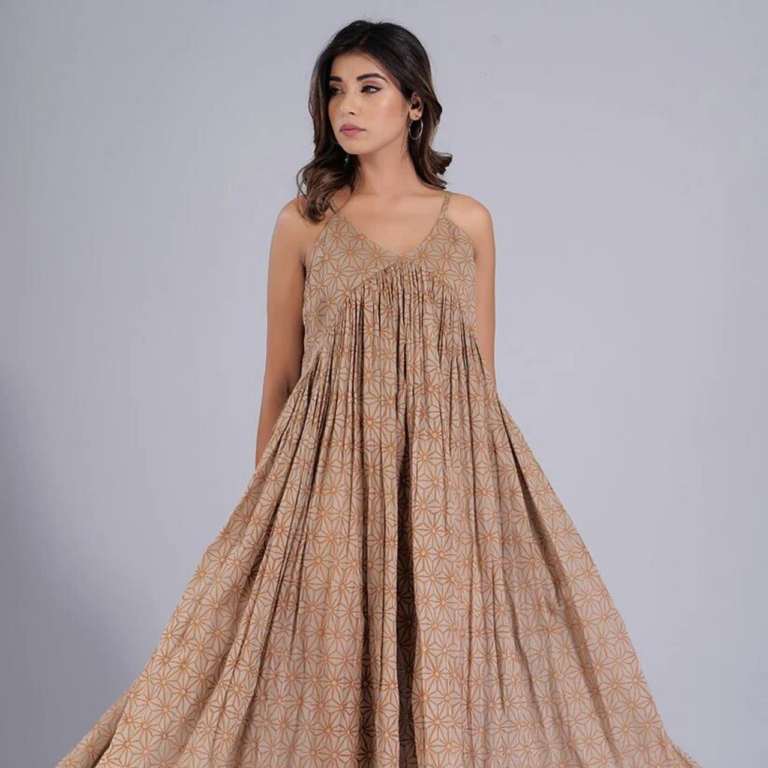The Rise of Sustainable Fashion: Trends and Innovations
Sustainable fashion is gaining momentum around the world as consumers become more conscious of the environmental and ethical implications of their clothing choices. This growing movement is driven by a desire to reduce the negative impact of the fashion industry on the planet and its people. Designers, brands, and consumers are increasingly opting for eco-friendly materials, production processes, and supply chains to create a more sustainable and responsible fashion ecosystem.
With an increasing number of individuals embracing sustainable fashion, the industry is witnessing a shift towards more transparent and ethical practices. From the use of organic fabrics to the adoption of fair trade principles, sustainable fashion is not just a trend but a necessary evolution in the way we approach clothing. As consumers demand greater accountability from brands, the fashion industry is being compelled to innovate and adapt to meet the growing interest in sustainability.
The Impact of Fast Fashion on the Environment
Fast fashion has undeniably left a significant mark on the environment due to its high consumption rates and rapid turnover of clothing items. The incessant production of cheap, disposable garments contributes to pollution, water waste, and increased carbon emissions. With consumers encouraged to constantly purchase trendy items at low prices, the cycle of production, transport, and disposal continues to take a toll on the planet.
In addition to the environmental implications, fast fashion also has social repercussions, such as poor working conditions and low wages for garment workers in developing countries. The pressure to produce large quantities of clothing quickly often leads to exploitation of workers and disregard for their well-being. The demand for fast, cheap fashion perpetuates a cycle of unethical practices throughout the supply chain, ultimately perpetuating a system that prioritizes profit over people and the planet.
• The incessant production of cheap, disposable garments contributes to pollution, water waste, and increased carbon emissions.
• Consumers are encouraged to constantly purchase trendy items at low prices, leading to a cycle of production, transport, and disposal that harms the planet.
• Fast fashion also has social repercussions such as poor working conditions and low wages for garment workers in developing countries.
• The pressure to produce large quantities of clothing quickly often leads to exploitation of workers and disregard for their well-being.
• The demand for fast, cheap fashion perpetuates a cycle of unethical practices throughout the supply chain.
Trends in Sustainable Fashion: From Upcycling to Ethical Sourcing
Sustainable fashion has evolved beyond just being a niche trend and is now a significant aspect of the fashion industry. One of the key trends within sustainable fashion is upcycling, where old or discarded materials are transformed into new and high-quality pieces. This practice not only reduces waste but also adds a unique and creative touch to fashion designs.
Ethical sourcing is another important trend in sustainable fashion, emphasizing fair labor practices and environmentally friendly production methods. By prioritizing the well-being of both people and the planet, brands are making a positive impact on the industry as a whole. Through transparent supply chains and ethical sourcing practices, consumers are increasingly able to make more informed decisions about the clothing they purchase.
What is sustainable fashion?
Sustainable fashion refers to clothing and accessories that are produced and consumed in ways that have a minimal impact on the environment and society. This includes using eco-friendly materials, reducing waste, and promoting ethical practices throughout the supply chain.
Why is sustainable fashion important?
Sustainable fashion is important because the fashion industry is one of the largest contributors to environmental pollution and waste. By embracing sustainable practices, we can reduce our impact on the planet and create a more ethical and responsible industry.
How does fast fashion impact the environment?
Fast fashion is characterized by the rapid production of inexpensive clothing that is designed to quickly go out of style. This results in high levels of waste, water pollution, and carbon emissions, as well as poor working conditions for garment workers.
What is upcycling in fashion?
Upcycling in fashion involves reusing and repurposing existing materials or garments to create new and unique pieces. This helps reduce waste and extend the lifespan of clothing items.
What is ethical sourcing in fashion?
Ethical sourcing in fashion involves ensuring that the materials used to make clothing are produced in a way that meets social and environmental standards. This includes fair wages and working conditions for garment workers, as well as sustainable practices in manufacturing.
How can consumers support sustainable fashion?
Consumers can support sustainable fashion by choosing to purchase clothing from brands that prioritize ethical and eco-friendly practices. This includes buying vintage or secondhand clothing, investing in high-quality pieces that will last, and advocating for transparency and accountability in the fashion industry.







